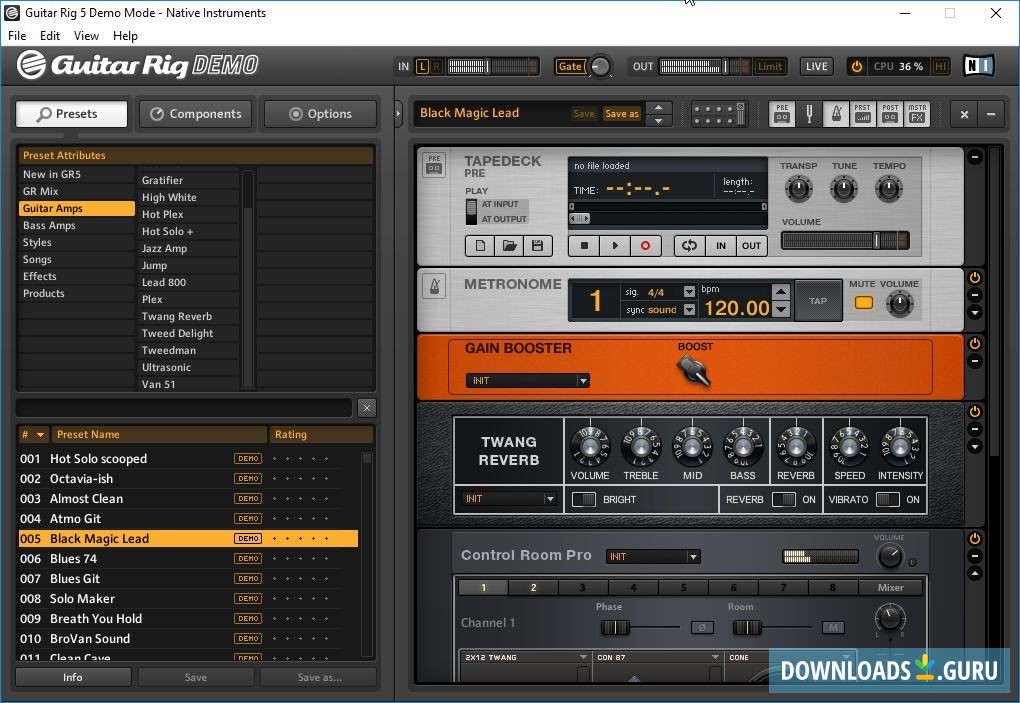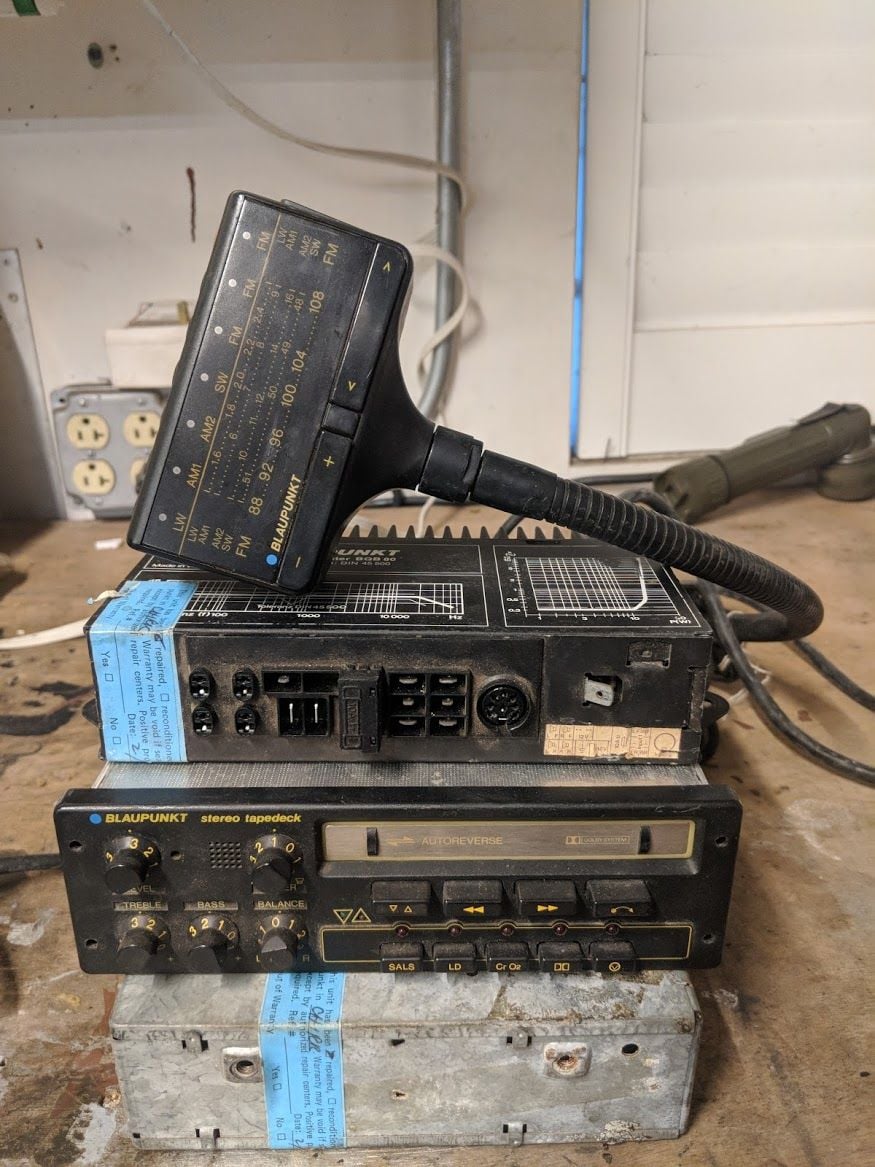
- #Alternatives to tapedeck how to#
- #Alternatives to tapedeck full#
- #Alternatives to tapedeck portable#
However, used cassette decks are readily available. Our search of Amazon and Sweetwater yielded only two models: a Marantz and a Tascam. High-quality cassette decks don’t appear to be in production anymore, though.
#Alternatives to tapedeck portable#
Others are larger portable players with integrated speakers, much like the boomboxes available in the ’70s and ’80s. Many of these are personal cassette players designed for use with headphones, in the mold of the classic Sony Walkman. Cheap cassette players are still being produced-you can get them at your local Best Buy or Walmart, or on Amazon. Unlike record players, which small, boutique manufacturers can easily make, cassette decks are complicated mechanical devices that only mass production lines can make. Unfortunately for those seeking to renew (or initiate) their relationship with the cassette, there aren’t many great options. Why it’s so hard to buy a quality cassette player Many plug-ins for digital audio workstations simulate the sound of tape decks for modern music producers.

In fact, some audio pros contend that tape-based formats like cassette have an appealing sonic warmth. Still, cassettes were the way most people got their music in the ’80s, and they were good enough to seduce listeners with the sounds of Madonna, Prince, and Kenny G. Using a high-quality cassette deck or turntable helps, but neither of these formats can match the essentially noise-free performance of even the cheapest digital audio gear. Both of these old analog formats also add a considerable amount of noise to the recording, which you can often hear as background hiss. Vinyl records have similar limitations, although they tend to have better treble response than cassettes do. Compared with the quality of CDs, the sound from cassettes tends to be dull and somewhat lifeless. Cassettes often damp treble tones above about 10 kHz, which means the upper harmonics of instruments like cymbals, flutes, and violins are lost, along with some of the sense of spaciousness that makes live recordings sound live. High-quality streaming, from services such as Amazon, Apple Music, Qobuz, and Tidal, can span an even broader frequency range.Ĭassettes, on the other hand, start to attenuate bass tones below about 40 Hz, so instruments with ultra-deep notes-such as grand piano, large kick drums, and synth bass-lose some of their sonic power. Data-compressed audio-using technologies such as AAC, MP3, and Bluetooth-delivers the same range, although with a few distortions that can subtly coarsen the sound of voices and instruments. As I found a few years ago, when I ran a bunch of technical measurements on high-end cassette decks, cassettes couldn’t come close to the quality of CDs.ĬDs can flawlessly reproduce the entire range of audio from 20 hertz (half an octave below the lowest note on piano) and 20 kHz (a frequency too high for most adults to hear). When it comes to audio, there are always those who insist that the old is better than the new, but with cassettes, that’s a tough claim to back.

Why cassettes sound worse than other audio formats

#Alternatives to tapedeck full#
Some folks still have those tapes, buried deep in a box in the basement, and they might want to relive the joy of hearing Soft Cell’s “Tainted Love” mashed up against Michael Jackson’s “Beat It” or Van Halen’s “Panama.” Or perhaps their kids want to feel the tactile thrill of playing music by slipping a physical object into a pastel-colored player full of mysterious moving parts-an experience that Spotify and YouTube can’t replicate. In the ’80s, people made mixtapes-usually collections of their favorite tunes by an artist or within a genre-that they often shared with friends and crushes. Fast-forward to the present day, and even a kid from the 2020s might be cassette-curious, thanks to Guardians of the Galaxy (video).īut there are other cultural reasons for the cassette’s resurgence. For a lot of kids in the 1980s, a Walkman was as essential as a Swatch watch and a can of styling mousse. Cassettes were the most popular audio format of the ’80s.
#Alternatives to tapedeck how to#
But if you want to get into cassettes and are ready to suffer the relatively lousy audio quality, we have advice on how to find serviceable players and tapes.Ĭonsidering the cassette’s fragility and relatively low sound quality, the obvious reason for its resurgence is its retro kitsch. It’s hard to find a quality cassette player today. It can be tough for tape-curious shoppers, too. But while there’s no denying the visceral thrill of ’80s-style synthesizers or the seductiveness of the decade’s most soulful balladeer, the renewed interest in cassettes has left audio experts puzzled and record-store owners scrambling to figure out a format that some people are too young to remember. Even cassettes-the sometimes-dysfunctional format pushed aside by the CD- have made a comeback. For kids who came of age in the 1980s, the 2020s are proving to be the best decade for music since their teens.


 0 kommentar(er)
0 kommentar(er)
